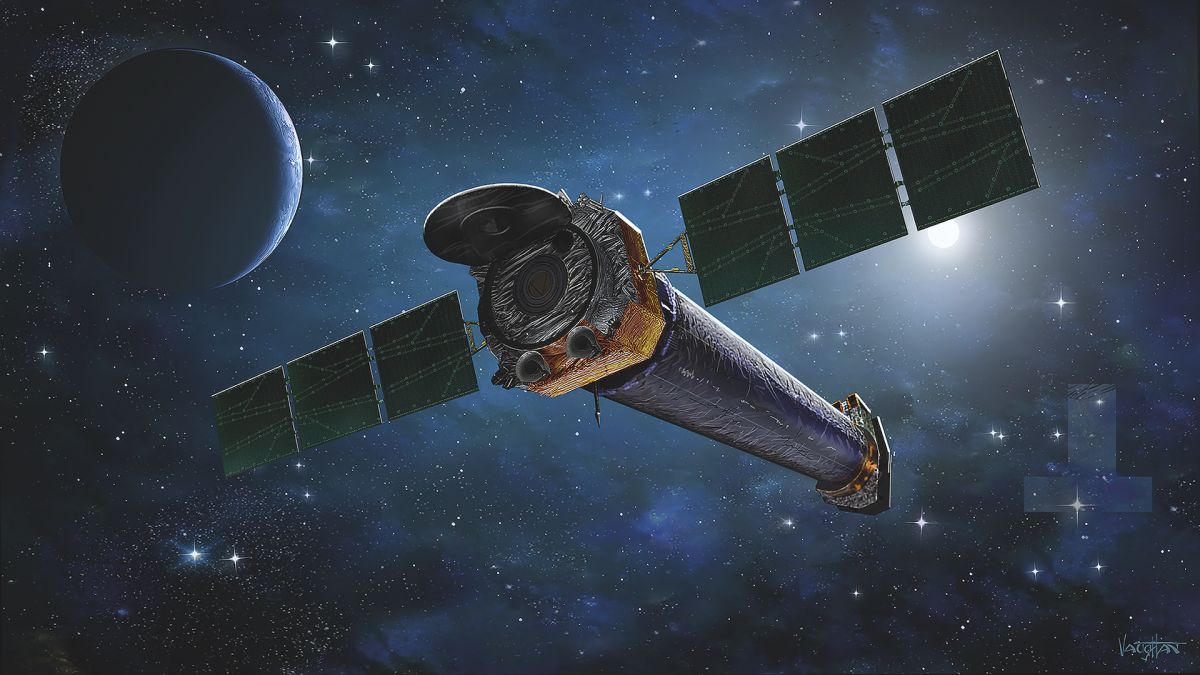A prolific NASA space telescope has closed its camera eye for now due to a power issue that has stalled the observatory’s science work. The Chandra X-ray Observatory, which has studied the X-ray universe since 1999, suffered a power supply problem with its High Resolution Camera instrument on Feb. 9, leading the mission team to halt science observations for now. “Chandra mission specialists have paused science operations and put the four science instruments into safe mode while they analyze the situation and determine the appropriate response,” Chandra mission officials wrote…
Read MoreMonth: February 2022
China aims to complete space station, break launch record in 2022
China is aiming to eclipse a new national launch record set last year while also completing its three-module space station with six related missions in 2022. The China National Space Administration is preparing to launch two new space station modules, named Wentian and Mengtian, on separate Long March 5B rockets in the coming months. The modules will dock with the Tianhe core module, launched in April 2021, to complete the T-shaped Tiangong space station before the end of the year. Related: The latest news about China’s space program Preparations for…
Read MoreNew atomic clock loses only one second every 300 billion years
A group of physicists has announced one of the highest performance atomic clocks ever made. The instrument is said to measure time so precisely that it will only lose one second every 300 billion years, allowing for more exact measurements of gravitational waves, dark matter and other physics phenomena. A study based on the UW-Madison-led research was published Wednesday (Feb. 16) in the journal Nature. “Optical lattice clocks are already the best clocks in the world, and here we get this level of performance that no one has seen before,”…
Read MoreStudents With Perseverance Receive Messages From Mars, Courtesy of NASA
The first set of middle-schoolers in the agency’s “You’ve Got Perseverance!” campaign was honored with a message from the Red Planet and a chat with the rover team at JPL.
Read MoreReveling in the Winter Milky Way
With the Moon departing the evening sky, now’s a good time for a closer look at the northern winter Milky Way and its southern summer counterpart, too. No equipment required! The post Reveling in the Winter Milky Way appeared first on Sky & Telescope.
Read MoreSupermassive Black Hole Hides Behind a Ring of Dust
A high-resolution infrared image has revealed a dust screen obscuring a gas-devouring supermassive black hole in the center of the galaxy NGC 1068, confirming 30-year-old predictions. The post Supermassive Black Hole Hides Behind a Ring of Dust appeared first on Sky & Telescope.
Read MoreColorado Students to Hear from NASA Astronauts Aboard Space Station
Students from Colorado will have an opportunity this week to hear from a NASA astronaut aboard the International Space Station.
Read MoreNASA Advisory Council Welcomes New Members, Sets 2022 Goals
NASA Administrator Bill Nelson announced Wednesday he appointed new members to the NASA Advisory Council (NAC), which provides leadership counsel and advice on a variety of important and complex agency programs and topics.
Read MoreNASA Tests the F/A-18E
A top view shows the wing loading test configuration of a F/A-18E from the Naval Air Systems Command in Patuxent River, Maryland.
Read More1st image from NASA’s new IXPE X-ray telescope looks like a ball of purple lightning
IXPE’s first science image shows the supernova remnant Cassiopeia A. (Image credit: NASA/CXC/SAO/IXPE) NASA’s newly-launched X-ray hunting probe has snapped its first science image and — wow — it’s spectacular. The Imaging X-ray Polarimetry Explorer (IXPE) probe launched Dec. 9, 2021, on a mission to observe objects like black holes and neutron stars in X-ray light, shedding much-anticipated light on the inner workings of the cosmos. The probe spent its first month in space checking out its various systems to get ready to capture its first images, and now the…
Read More
